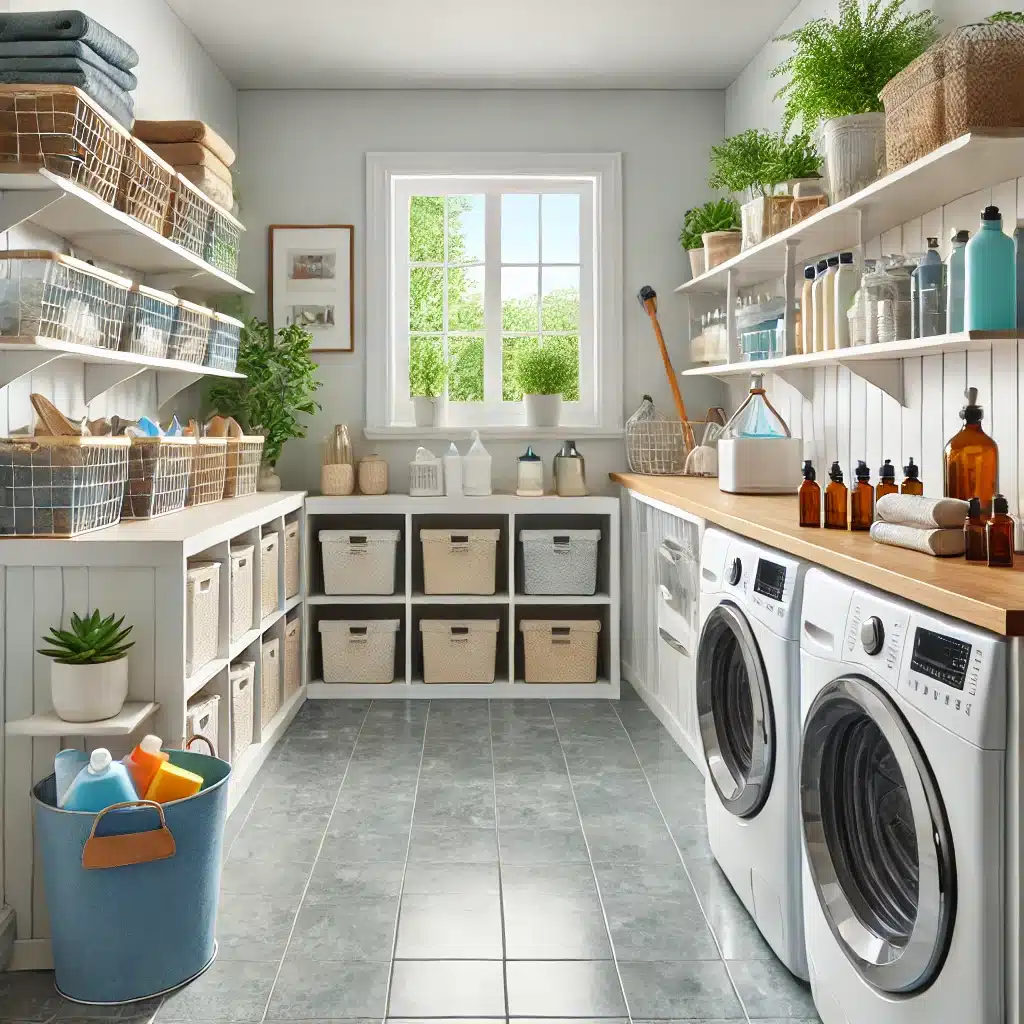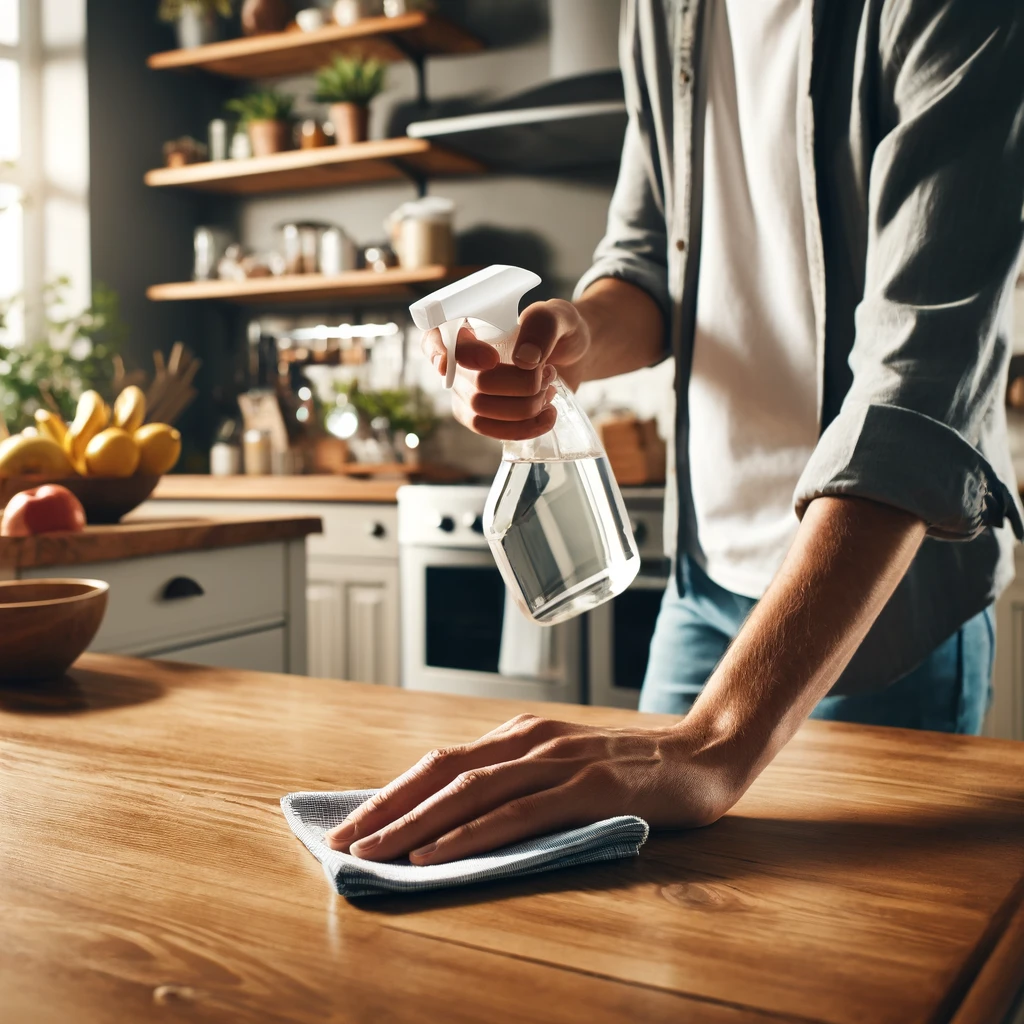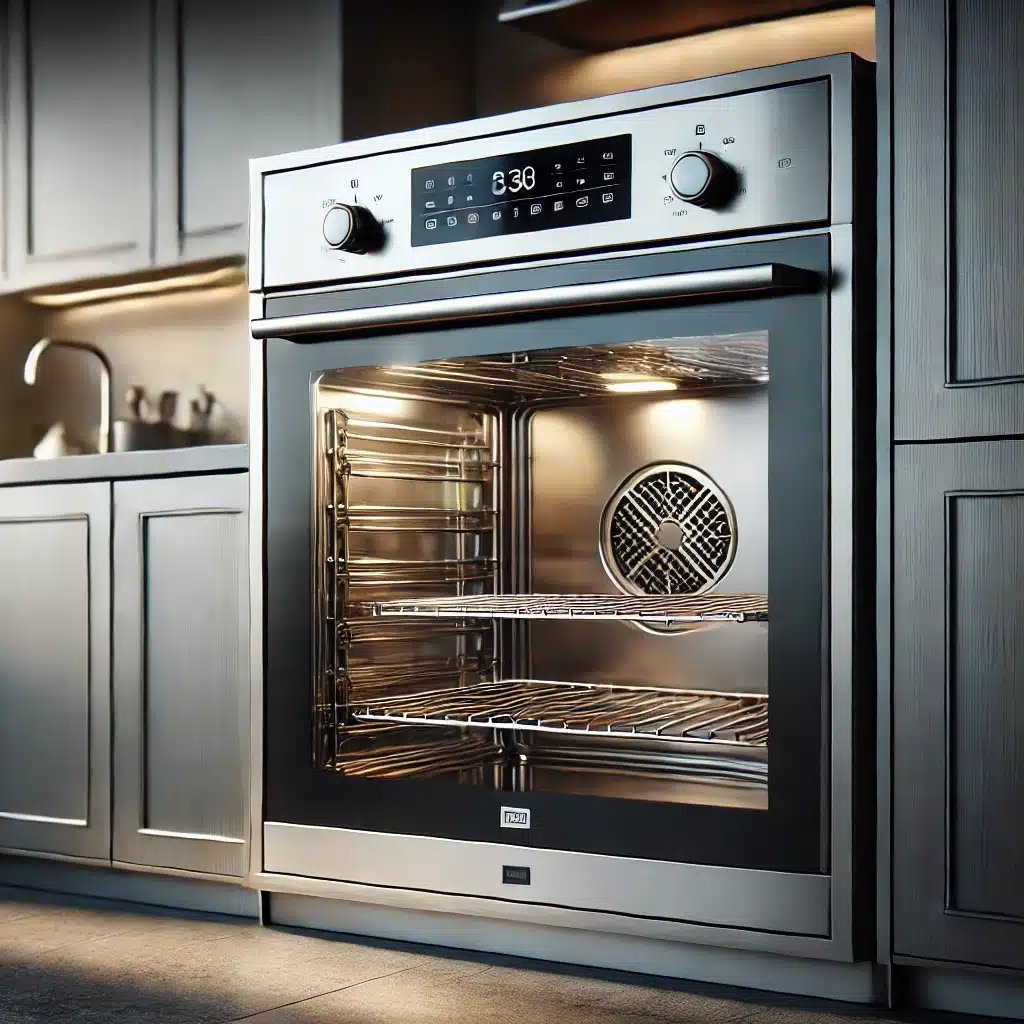Your laundry room might be one of the most overlooked spaces in your home when it comes to deep cleaning. With piles of clothes and laundry supplies, it can quickly become cluttered and dirty. But don’t worry, we’re here to help! Follow these six simple steps to deep clean your laundry room and make it sparkle.
1. Clear the Clutter
Clear the clutter to kickstart your laundry room transformation. Begin by removing everything from the space, including hampers, laundry baskets, detergents, and other supplies. This initial step will give you a blank canvas, making it much easier to clean and organize every corner. By emptying the room, you’ll be able to assess the situation more clearly and plan your next steps effectively. Plus, having a clutter-free space to start with can be incredibly motivating!
With everything cleared out, take the opportunity to thoroughly clean your laundry room. Wipe down surfaces, sweep and mop the floors, and make sure to get into those often-neglected spots behind the washer and dryer. Dust and lint can accumulate quickly in these areas, so a deep clean will ensure a fresh start. Pay attention to shelving and countertops, as well, giving them a good scrub to remove any detergent spills or dust buildup. This deep clean will set the stage for a more organized and functional space.
Once your laundry room is spotless, it’s time to thoughtfully consider what items need to return and how to best organize them. Instead of just putting everything back, take a moment to sort through your laundry supplies. Discard any empty or expired products, and consider donating items you no longer use. Think about storage solutions that can help maintain order, such as bins for detergents, hooks for hanging items, and shelves for additional storage.

2. Clean the Washer and Dryer
Cleaning your washer and dryer is essential for maintaining an efficient and safe laundry room. Begin by giving your washer a thorough clean to remove any buildup and lingering odors. An effective method is to run an empty cycle using hot water and vinegar. This combination works wonders in breaking down residue and leaving your washer smelling fresh. If your washer has a detergent drawer, take it out and give it a good scrub to remove any soap scum and buildup. A clean washer not only performs better but also ensures your clothes come out cleaner and fresher.
Turning your attention to the dryer, start by cleaning out the lint trap. This is a crucial step, as a clogged lint trap can significantly reduce your dryer’s efficiency and pose a serious fire hazard. Once the lint trap is clear, wipe down the drum with a damp cloth to remove any residual lint or debris. This simple act can help maintain the dryer’s performance and prolong its lifespan. Don’t forget to check the dryer vent as well; a blocked vent can not only hinder drying efficiency but also increase the risk of a fire. Regularly inspecting and cleaning the vent will keep your dryer running smoothly and safely.
Incorporating these cleaning tasks into your regular laundry room maintenance routine can make a significant difference. A clean washer and dryer not only function better but also contribute to a more pleasant laundry experience. Additionally, maintaining your appliances can save you money in the long run by preventing costly repairs or replacements.
3. Wipe Down Surfaces
Wiping down all the surfaces in your laundry room is a crucial step in maintaining a clean and functional space. Start by focusing on the countertops, shelves, and cabinets. These areas tend to accumulate dust, dirt, and grime over time, especially if your laundry room doubles as a storage area. Using a multi-purpose cleaner, thoroughly wipe down each surface to remove any buildup. This not only helps in keeping the room hygienic but also gives it a fresh and organized appearance, making your laundry tasks more pleasant.
Pay special attention to areas that are often overlooked during regular cleaning routines. The tops of cabinets, for instance, can harbor a surprising amount of dust and cobwebs. These spots are easy to miss but can make a significant difference once cleaned. Similarly, don’t forget to clean behind your appliances. Lint, detergent spills, and dust can accumulate in these hidden areas, contributing to a less efficient laundry room environment. By ensuring these often-neglected spots are clean, you enhance the overall cleanliness and functionality of the room.
Lastly, take a moment to assess and clean any additional surfaces that might be present in your laundry room. If you have a utility sink, scrub it thoroughly to remove soap scum and stains. Wipe down any light fixtures, switch plates, and door handles to eliminate smudges and fingerprints. These small details can greatly impact the overall tidiness of your laundry room. A clean, well-maintained space not only looks better but also makes your laundry chores more efficient and enjoyable.

4. Mop the Floors
After thoroughly cleaning the surfaces, the next step in maintaining a pristine laundry room is to focus on the floors. Begin by sweeping up any loose dirt and debris. This initial step is essential to ensure that when you mop, you’re not just spreading dust and grime around. Once the floor is free of loose particles, it’s time to mop with a suitable cleaner that matches your floor type. Whether you have tile, vinyl, or another type of flooring, using the right cleaner will help preserve the material and leave your floors sparkling clean.
Getting into the corners and under appliances is a key part of this process. These areas often harbor dust bunnies and other debris that can accumulate over time. Move lightweight appliances if possible to thoroughly clean underneath them. This attention to detail not only enhances the cleanliness of your laundry room but also helps prevent dust and grime from spreading back onto the freshly cleaned surfaces. A well-mopped floor can make your entire laundry room feel refreshed and more inviting.
If your laundry room features tile flooring, consider giving extra attention to the grout lines. Over time, grout can become discolored and dingy due to moisture and dirt buildup. Using a grout brush and a suitable cleaner, scrub the grout lines to restore their original appearance. This deep cleaning step can dramatically improve the overall look of your floor, making the entire laundry room appear cleaner and brighter. Maintaining clean grout also helps in preventing mold and mildew growth, which can be a common issue in humid areas like laundry rooms.
5. Organize Your Supplies
Now that your laundry room is sparkling clean, it’s the perfect opportunity to organize your laundry supplies. Proper organization not only makes the space look tidier but also makes your laundry routine more efficient. Start by grouping similar items together. Use baskets or bins to keep detergents, fabric softeners, and dryer sheets neatly arranged. This method prevents clutter and makes it easier to find what you need when you’re in the middle of a laundry session. Clear, labeled containers can add an extra layer of convenience, ensuring that every item has its designated spot.
Consider installing shelves or hooks to maximize your storage space in the laundry room. Shelves are excellent for storing bulkier items or products that you don’t use every day, keeping them out of the way but still accessible. Hooks can be a great solution for hanging items such as ironing boards, cleaning cloths, or reusable laundry bags. By utilizing vertical space, you can free up counter and floor space, making the room feel more open and less cluttered. A well-organized laundry room not only looks good but also enhances functionality, making your chores less of a hassle.
Additionally, think about incorporating a dedicated spot for your hampers or laundry baskets. Whether you have a built-in cubby or a designated corner, having a specific place for dirty laundry helps keep the room orderly. If space allows, you might even consider a small folding station or an ironing area, which can make the laundry process more streamlined. By organizing your supplies and optimizing the space, you’re creating a more efficient and pleasant environment for tackling your laundry duties.

6. Freshen the Air
Finally, freshen up the air in your laundry room to complete your cleaning routine. Good air quality can significantly enhance the overall atmosphere of the space. If your laundry room has a window, opening it can be a simple yet effective way to let in fresh air and eliminate any lingering odors. Fresh air circulation not only helps in getting rid of musty smells but also makes the room feel more inviting. If natural ventilation isn’t an option, consider using an air purifier. Air purifiers are excellent at removing dust, pet dander, and other particles, ensuring the air in your laundry room is clean and healthy.
To add a pleasant scent to your laundry room, consider using essential oil diffusers or air fresheners. Essential oils like lavender, eucalyptus, or citrus can provide a fresh and calming aroma, making your laundry chores more enjoyable. Diffusers are a great option because they continuously release fragrance, keeping the room smelling nice throughout the day. Alternatively, you can use plug-in air fresheners or spray air fresheners for a quick and easy way to add a burst of fragrance whenever needed. These small touches can transform your laundry room into a more pleasant space to spend time in.
In addition to freshening the air, consider adding some greenery to your laundry room. Houseplants not only improve air quality by filtering out toxins but also add a touch of nature and warmth to the space. Plants like spider plants, peace lilies, and snake plants are excellent choices for a laundry room because they are low-maintenance and thrive in various light conditions. A few strategically placed plants can make your laundry room feel more inviting and fresh, enhancing the overall experience of doing laundry.
Clean Your Laundry Room With Cleaning Hive!
Deep cleaning your laundry room doesn’t have to be a daunting task. By following these six simple steps, you can transform your laundry room into a clean, organized, and pleasant space. Remember, a tidy laundry room not only looks better but also helps your appliances run more efficiently. Happy cleaning!
If you find yourself short on time or overwhelmed by the prospect of deep cleaning your laundry room, consider enlisting professional help. Cleaning Hive offers top-notch cleaning services tailored to meet your specific needs. Whether it’s a one-time deep clean or regular maintenance, their expert team ensures that every corner of your laundry room is spotless and well-organized. They bring the right tools and expertise to handle even the most challenging cleaning tasks, leaving your laundry room pristine and fresh.
By choosing Cleaning Hive, you’re not only ensuring a thorough clean but also gaining more time to focus on other important aspects of your life. Their reliable and efficient services extend beyond just laundry rooms to include entire home cleanings, office spaces, and more. With Cleaning Hive, you can enjoy the peace of mind that comes with a professionally cleaned space, knowing that every detail has been meticulously attended to.




